Karen Goetzinger is best known for her finely detailed mixed media textile constructions. She combines her roots in quilt making and couture construction with a life-long passion for the urban landscape and architecture, Karen captures these instances through the perspective of treasured but fading memories.
Amongst her many achievements, Karen received the 2012 and 2015 ARTicipate Endowment Fund grant and was proud to be unanimously elected to AOE Arts Council Board of Directors. Her work has been exhibited widely throughout Canada and published in journals such as Fiber Art Now and Through Our Hands Magazines.
In this interview, Karen discusses her route to becoming an artist. With reference to her Vanishing Point series, we learn how she’s honed her mixed media style, where her taste for architecture comes from and how she approaches galleries to exhibit her superb body of work.
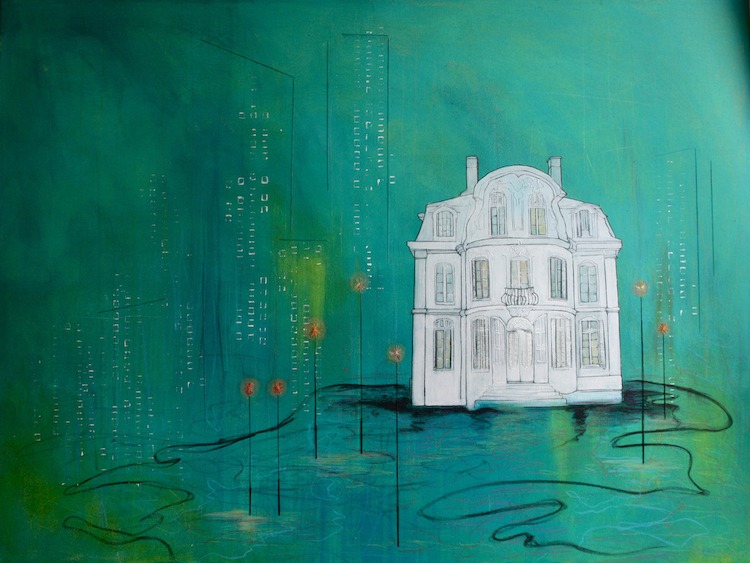
Endless possibilities of expression
TextileArtist.org: What initially attracted you to textiles as a medium?
Karen Goetzinger: I think for me, as for most artists who’s primary medium is textiles and fibre, it is the tactile quality and the endless possibilities of expression. I can remember as a child going with my mom when she picked out yarn for a new knitting project. It was exhilarating to see the rows and rows and rows of beautiful colours and textures.
She taught me to sew when I was about 11 years old. I was hooked on fabric then and continued my education at university with a Bachelor of Arts degree in Fashion Design and Fine Arts. So the attraction was there from a pretty young age and developed and grew through the years.
And, more specifically, how was your imagination captured by stitch?
Stitch. Oh, my. It is captivating because of the way it can completely alter a surface. The texture it adds or creates through the use of a variety of threads and it’s potential for bold or subtle mark-making is limitless. Vanishing Point, one of my current series, would not be as effective without stitch.
How has your life influenced your work?
A few years ago my family and I made 7 moves within a 7 year period of time. Now we have lived in the same house since 2002 but I still cringe at the sight of moving boxes! The moves made me realize though how we sometimes undervalue the place we live until we have to leave it.
I think those parting emotions are what precipitated my ongoing Vanishing Point series. It’s the returning to places left behind that often brings on the flood of memories. Around the time I started work on the series, my mom gave me a small shopping bag full of my dad’s 35mm slides from his business trips to Europe in the late 1950’s and early 60’s. I remember loving to look at the projected slides as a child. It was an escape for me; the places seemed so exotic.
Sadly, the slides are beginning to fade. My dad was passionate about photography and although a hobby, his sense of composition was incredible. It has been a treat to go through them again and I have used them as inspiration for some of the pieces in the series.
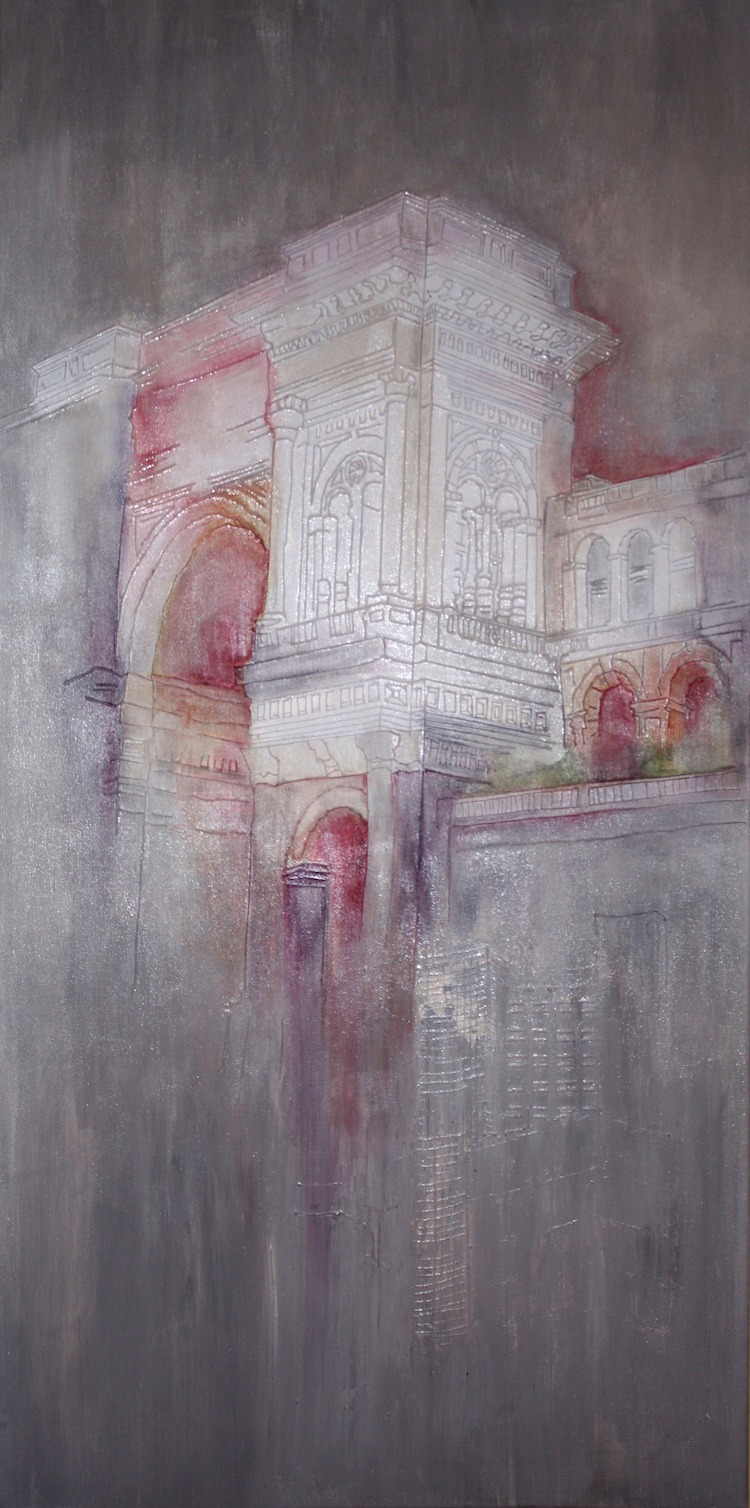
What was your route to becoming an artist?
Making has always been a part of my life but it wasn’t until 2001 that circumstances allowed me to concentrate on building a cohesive body of work and then pursue life as a professional artist.
I really knew very little about the business of art, including the difference between an artist’s statement and a biography, how to write an exhibition proposal or how to obtain gallery representation. Two other artists (who I met through our mutual membership in a local fibre art group and whose work I respected) and I started to meet on a weekly basis. We had the same goal, to make the leap to professional artist, and used these meetings to learn together.
We would leave our get-togethers with assignments that had to be accomplished by the following week, such as writing our artist statement. We eventually planned a joint exhibition and learned how to write exhibitions proposals. We were fortunate and our show travelled to a number of venues for over a year. What an incredible learning experience! Doing that first exhibition together was a wonderful first step to solo exhibitions and to gaining retail gallery representation.
Over the years our respective art lives have gotten so busy we find it hard to meet even quarterly now but we email each other every day with what’s going on in our studios– our joys, our frustrations, our struggles. These women have become dear friends. I value their opinions, their honest encouragement, and their tough love.
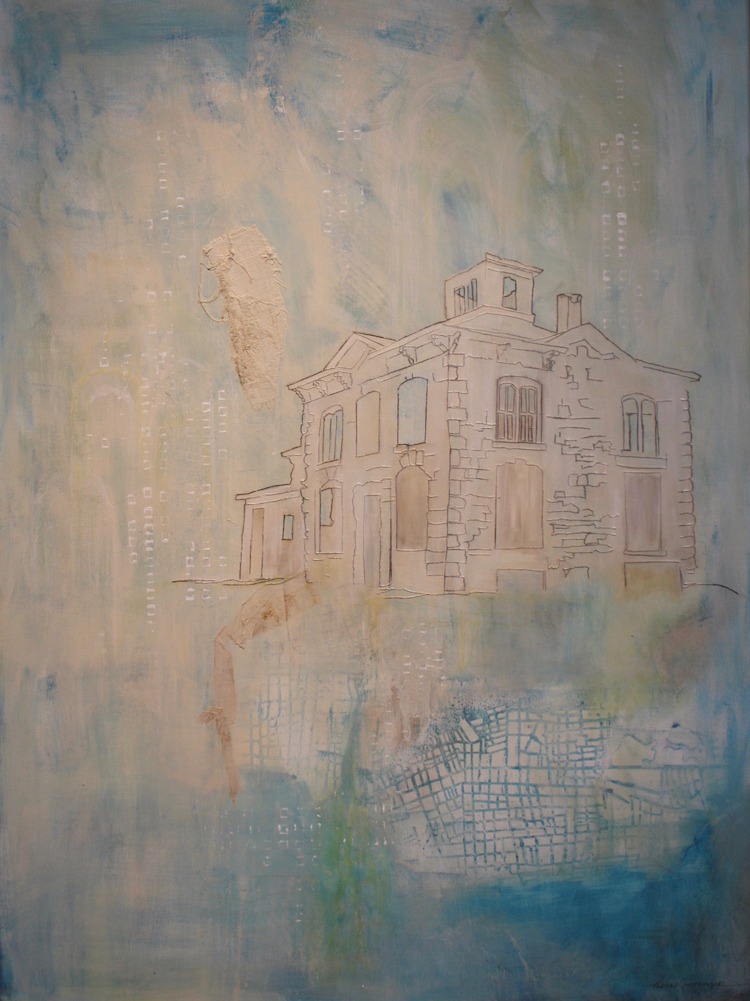
Fading but cherished memories
Tell us a bit about your chosen techniques.
When I started to build the body of work, that I mentioned earlier, my pieces were heavily textile based and clearly linked to the tradition of quilting. I used piecing, appliqué, and stitching by both hand and sewing machine.
As suggested to me by a number of gallery owners when I began to seek representation, I experimented with ways to mount the pieces in a way the was more understandable to a broader audience of collectors and viewers. This lead to using paint in combination with the textiles on stretched canvas, first minimally but over time the percentage of paint to textiles ratio began to increase and instead of merely framing the work, the paint became an integrated element with the textiles and stitch.
In 2011 I commenced work on my Vanishing Point series, which as I mentioned, addresses fading but cherished memories. I was not able to adequately interpret the ideas and images filling my head by piecing or appliquéing fabrics together nor even by drawing the architectural forms I wanted to use. The drawn line was just too evident. I wanted the lines to be there but not to be there– like a fading memory.
So, using a primed and stretched canvas like a giant embroidery hoop, I sketch in pencil first the images I want, hand stitch over the drawn images and then paint over the stitched lines and marks. I repeat the process as needed, layering stitch and paint, often ending with thread that does not get covered in paint thereby creating an image that has some details completely gone and some parts that are rather detailed, again like a memory that is no longer very vivid but that we are desperate to hold onto. Depending upon the piece, I might also collage paper or bits of fabric into place.
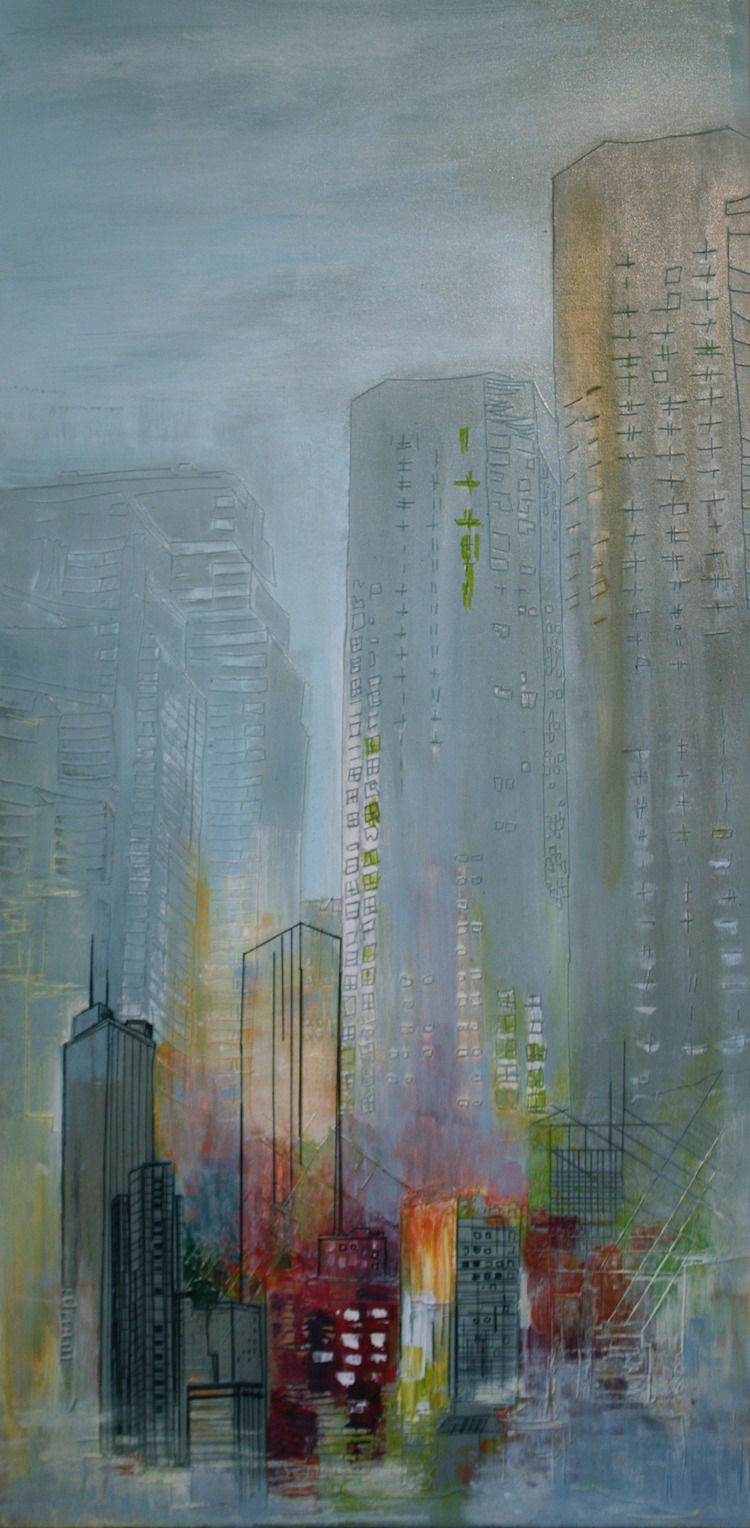
How would you describe your work and where do you think it fits within the sphere of contemporary art?
I generally describe my work as mixed media, sometimes as mixed media constructions and myself as a visual artist. A few fellow fibre artists feel I have left the world of fibre and textiles behind but if you think about it my work is done on canvas, a fabric, I stitch with thread and additional fabric bits and paper are often incorporated in my work.
I use whatever media is going to work best for what I want to express. Much like going to your toolbox to get the proper tools for that new DIY project. You may not need every tool in the box and you choose which tools are most appropriate in order to successfully complete the project.
Similarly, I choose those art supplies that will best express my ideas and emotions. My installation work, for instance, is more textile based.
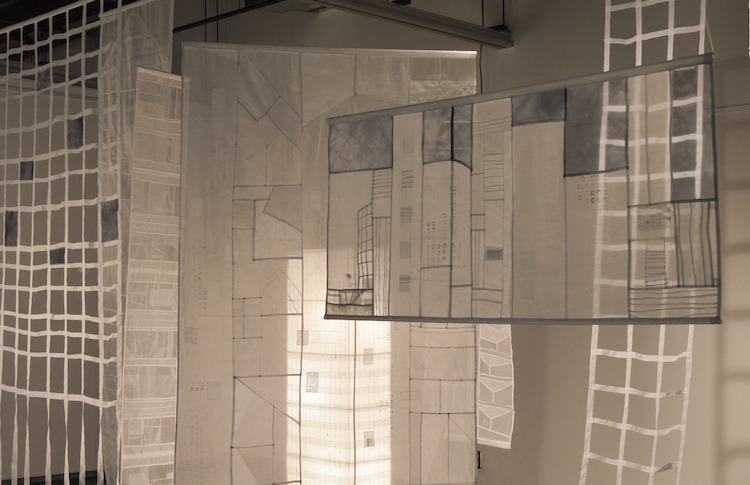
The pure joy of drawing
Do you use a sketchbook? If not, what preparatory work do you do?
I do use a sketchbook, well many sketchbooks, in fact. I seem to have a thing for them! Every time I go to an art supply store, even though I already have a pile of sketchbooks in a variety of sizes, I head right to the sketchbook section to have to look at what the store has! But really? What’s another sketchbook!
I feel I need to use a sketchbook to get some of the ideas floating in my head down or I know I will forget them. Sometimes I think I need a waterproof sketchbook for the shower! Often the sketches are pretty quick little thumbnails with brief descriptions in written word about what I was thinking. Rarely are they artworks in themselves, like the beautiful sketchbooks of many artists I know.
My sketchbooks are idea-inducing books. I will often go back and flip through them, especially when I may not have a clear idea in place for my next piece. When I am ready to take one of the thumbnails further, I will make more detailed sketches that will be blown up and drawn onto large canvases. I use these sketches to work out composition and scale.
Often I sketch just to sketch, for the pure joy of drawing. I am determined to work daily drawing into my schedule. Part of that desire has lead to a series of small works on paper called Utterance. These works, torn right out of a small sketchbook and then matted and framed, are an abstract expression of emotion. Worked in watercolour, ink and thread, they are an artist’s daily visual diary.
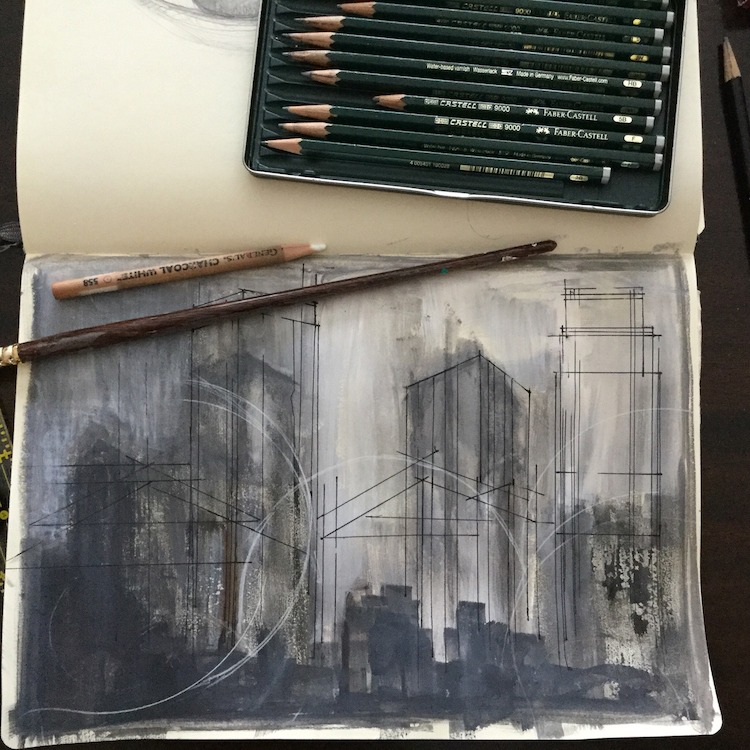
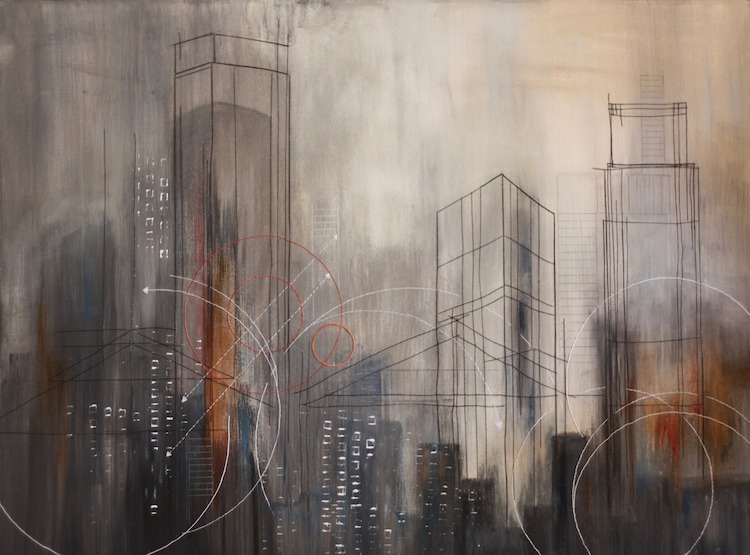
What environment do you like to work in?
Well, I’d love to have a beautiful, sunny studio in Tuscany! The reality is though that I work in an extremely small space in the basement of our home–a space that would not win any studio design awards!
But when I am doing the hand stitching on my canvases I will bring the work up into our dining room which has patio doors and lovely natural light. In summer I absolutely love working, whenever I can, in my outdoor studio; aka our backyard deck.
What currently inspires you?
I have always been intrigued by maps. I am drawn to the linear quality of the street layouts, especially of cities with a long history.
Recently I began a series entitled Bones, hand cut maps on hot press watercolour paper. I find incredible satisfaction in carefully curated patterns emerging through the use of a Xacto knife. Each piece is hand cut and hand stitched. As an additional layer, I will play with lighting to cast shadows and additional patterns when these pieces are exhibited unframed.
Recently, due to a grant, I was able to work with a professional framer to design custom frames for some of these works on paper so that shadows would be cast on the background of the frame interior. They did an incredible job!
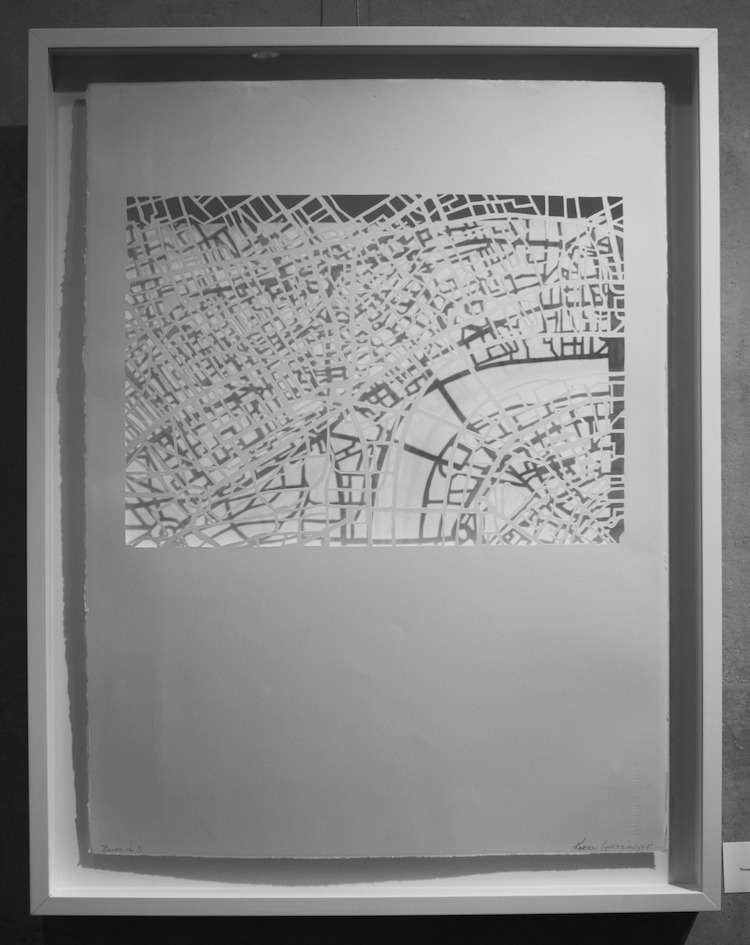
Mastering your media of choice
What advice would you give to an aspiring textile artist?
Just do the work. Consistently. It is great to view the work of other artists ( of all mediums), to take workshops, and read blogs, books, and magazines but ultimately the more you work at your own practice the more you will grow and the more accomplished you will become in mastering your media of choice.
Can you recommend 3 or 4 books for textile artists?
- Art & Fear: Observations on the Perils (and Rewards) of Artmaking by David Bayles and Ted Orland
- A Perfect Red by Amy Butler Greenfield
- El Anatsui: Art and Life by Susan M. Vogel
What other resources do you use? Blogs, websites, magazines etc.
- Threadborne
- Through Our Hands Magazine
- Uppercase Magazine
- Hand Eye Magazine
- Art News Magazine
- And of course, TextileArtist.org
What piece of equipment or tool could you not live without?
Oddly enough a 2″ wide house painting brush I picked up at a hardware store a number of years ago. I will be very sad when the time comes that it needs to be replaced. I have bought similar brushes, but they just do not perform the same. I would also be lost without my Sashiko needles and a beautiful locally hand dyed soy based thread.
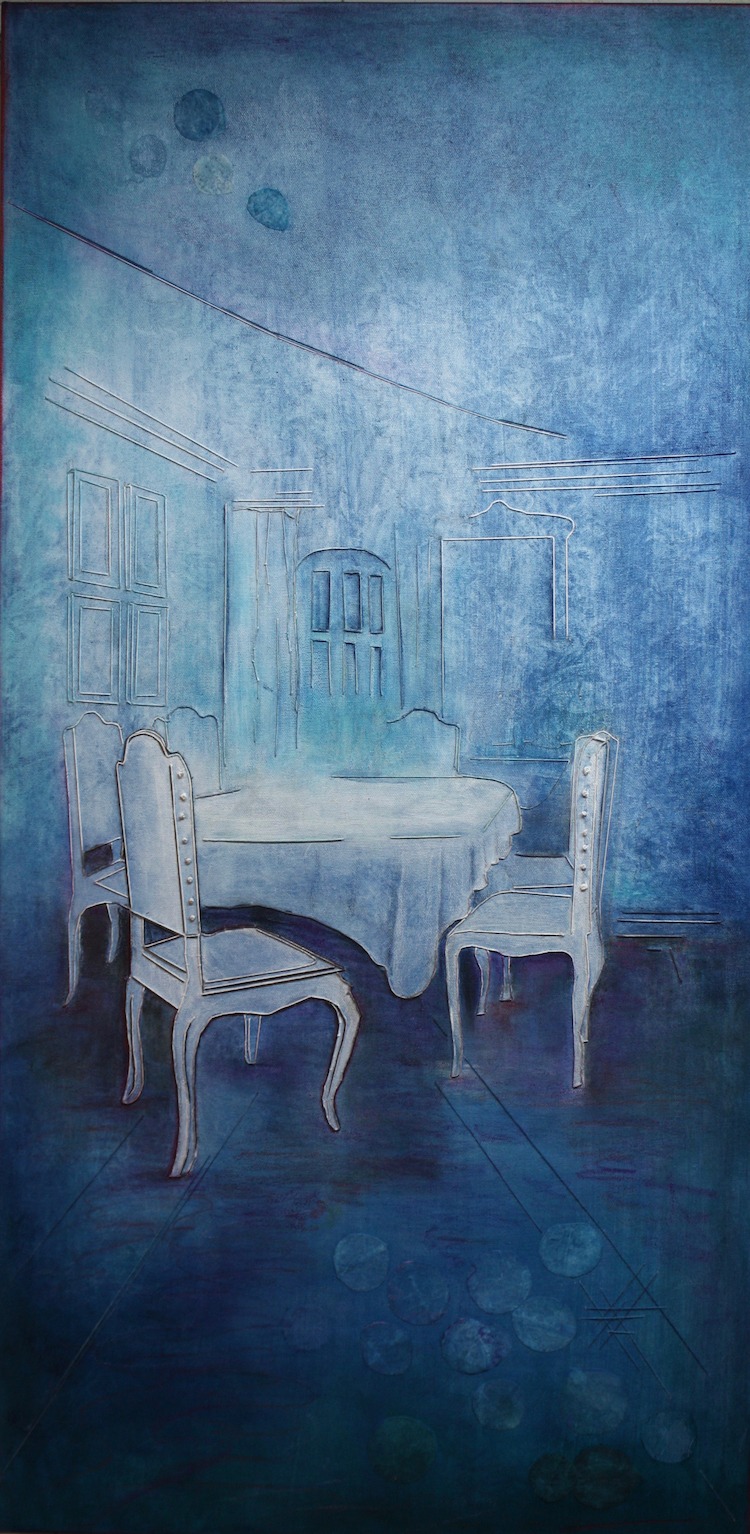
Do you give talks or run workshops or classes?
I do! Currently, the events are scheduled by invitation rather than me pursuing opportunities to teach. A few years ago I made the decision to fully concentrate on my own artwork because writing teaching proposals and preparing samples and lesson plans was taking away from studio time on my own work.
But at the same time, I enjoy conducting workshops and the opportunities to speak about my work in talks, so accepting invitations only was the answer for me. I post these scheduled events on my Facebook page [@Karen Goetzinger Mixed Media Artist] and also talk about them in my monthly e-mailings. You can sign up for those by contacting me through my website
One exciting event that is coming up early in 2017 is Fibre Arts Australia Summer School. All the necessary information can be found here.
This will be the third time I will teach for Fibre Arts Australia. These events are incredible and I am so honoured and excited that they continue to have me back. They have asked that this time I teach my technique for creating Vanishing Point.
Irresistible invitations
How do you go about choosing where to show your work?
I receive a plethora of calls for entry via email art lists most of which do not suit my work but I also do my own homework to see where my work will best fit.
For instance, when I am looking for additional retail gallery representation, I will research galleries in a given area to determine what their focus is; what type of art are they selling, are they open to mixed media and textile art? If there seems to be a fit I will see what their submission standards require and if at all possible, visit the gallery in person and better yet, begin to attend show openings.
Participating in the openings allows me the opportunity to get to know the staff a little and see them in action and get to know the represented artists. If it is a gallery I feel comfortable in and think my work will be good for them, I will begin to pursue their submission procedures.
Because there are non-returnable entry fees involved with many public gallery exhibitions, I really try to control my business expenses by looking for exhibitions without upfront fees. Occasionally, if it is an exhibition I know will be great exposure for my work I will pay the fee in hopes of submitting a success exhibition proposal to that event.
I rarely enter themed shows and then make a piece to suit the theme but I will enter thematic shows if I already have work that suits or if I am currently working in a manner that will coincide with a particular exhibit.
I try to keep in mind timing too. If I apply for multiple exhibitions and they all are successful entries, will I be able to give my best to each show? Sometimes special invitations come my way that are irresistible and that can get added to the scheduling mix. I never want making art to become a slog or something I am doing just to fulfill deadlines.
Where can readers see your work this year?
- August 10-October 3, 2016 Chamber Gallery, Almonte, Ontario, Canada
- August 19 – September 11, 2016 Stone School Gallery, Portage du Fort, Quebec, Canada
- October 4-December 6, 2016 Corridor Gallery, Almonte, Ontario, Canada
- Now through October, Galerié Côté Creations, a pop up gallery in Ottawa, Ontario, Canada
- I am currently represented by Orange Art Gallery, in Ottawa, Ontario, Canada
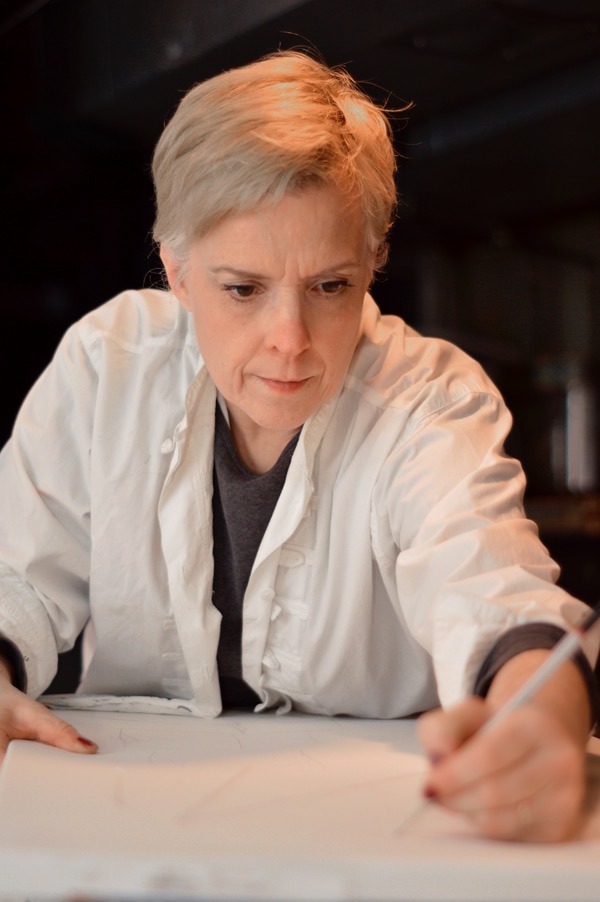
For more information visit: www.karengoetzinger.com
Let us know what your favourite aspect of the artist’s work is by leaving a comment below.
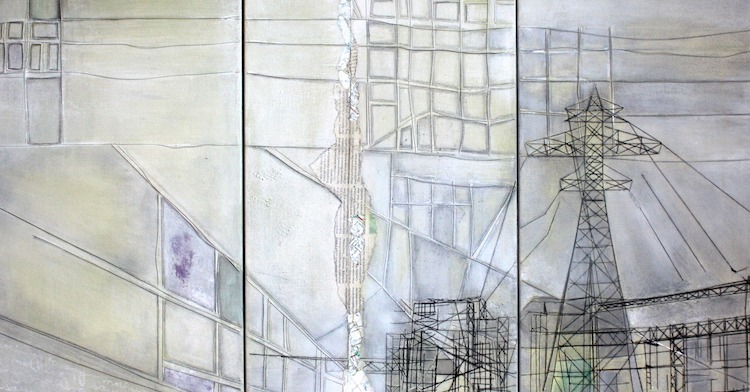


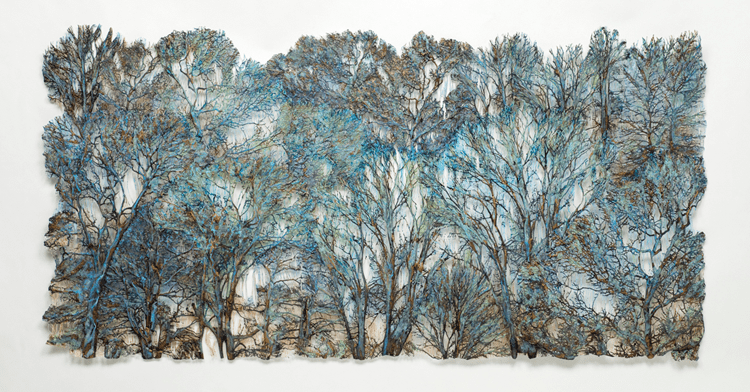
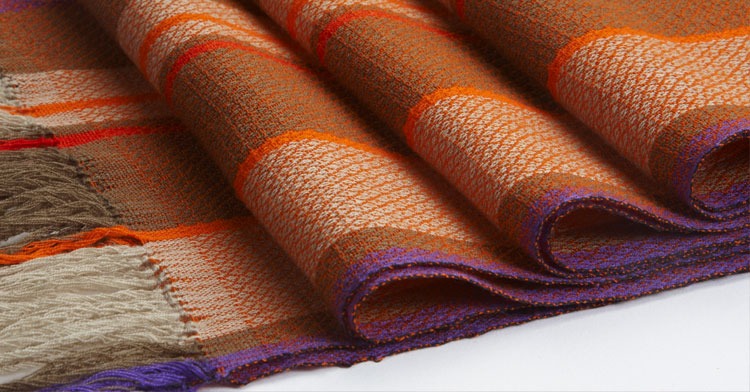
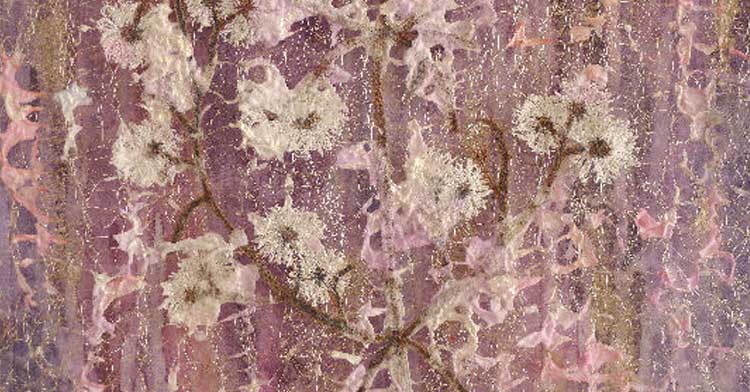
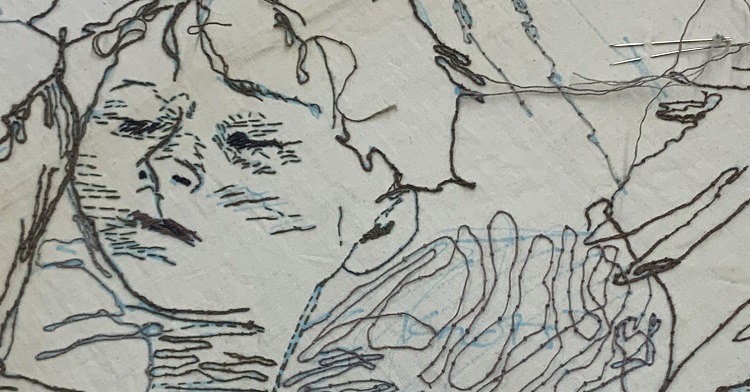
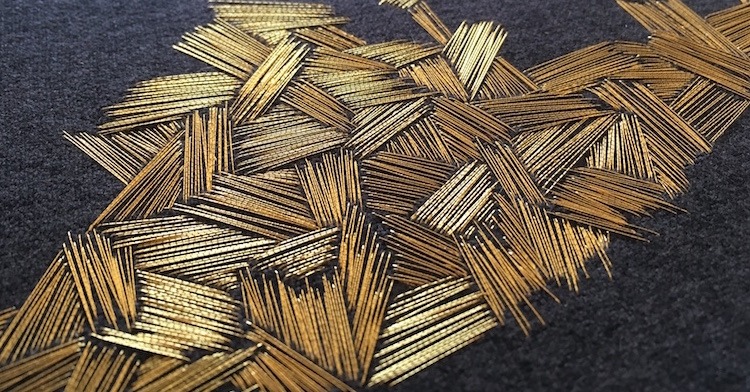
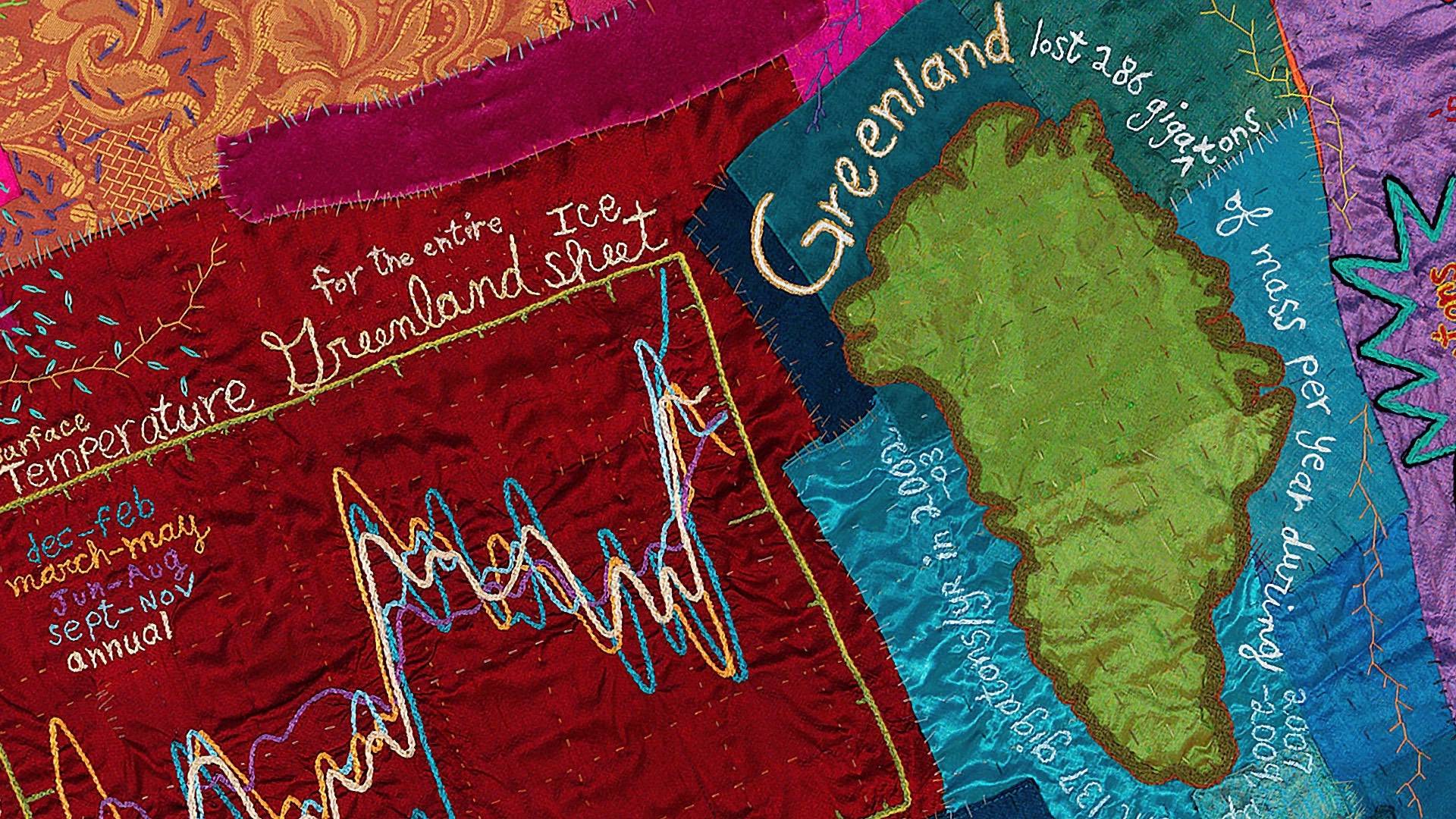
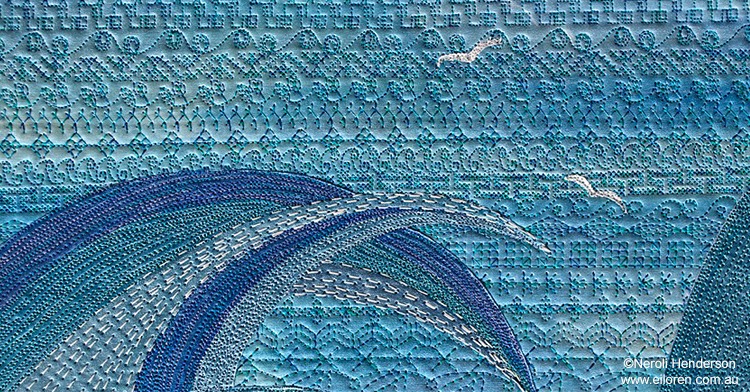
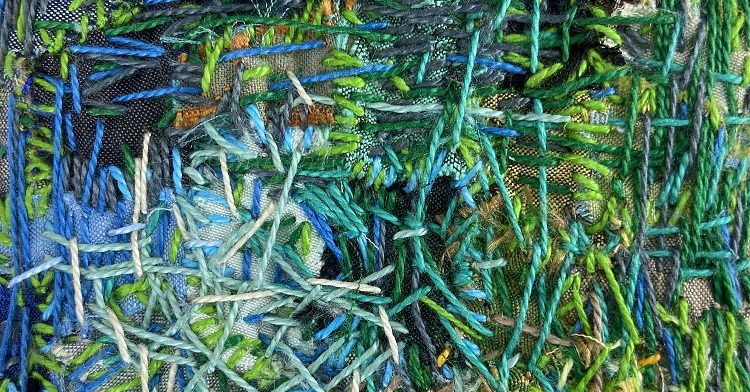
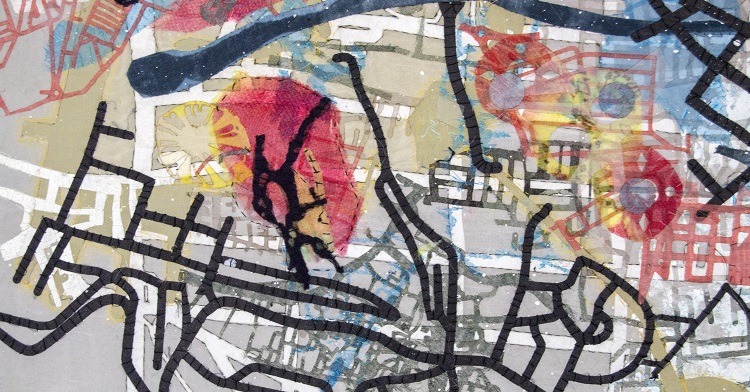
Comments